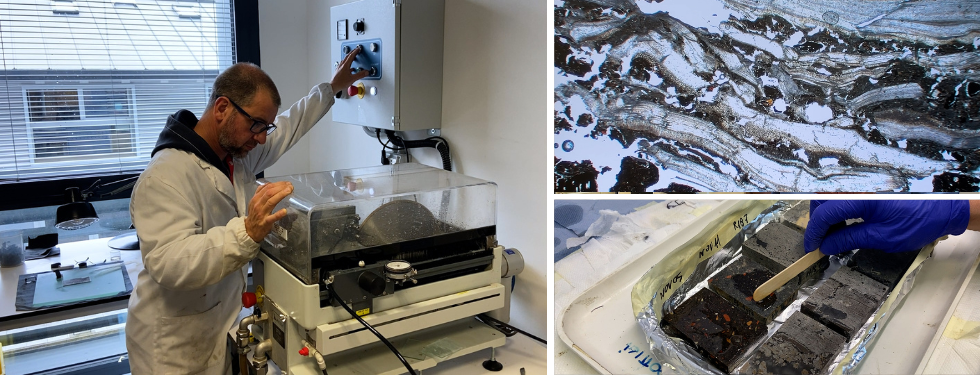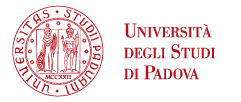Reading our past in a fistful of soil: the Micromorphology Laboratory

The process from collecting samples at an archaeological site to analyzing them using advanced instruments is intricate. In this video, we describe the activities conducted in the micromorphology laboratory of the Department of Geosciences at the University of Padua. This laboratory was established using funds from the ERC Consolidator project "Geodap," led by Professor Cristiano Nicosia.
Shooting and editing by Barbara Paknazar
Micromorphology is a crucial discipline in geoarchaeology, using geological methods to interpret archaeological contexts. Samples of sediment and soil from archaeological sites and natural sequences are transformed into thin sections, which are then examined under a microscope. These thin sections also serve as a record of the layers within an archaeological site or any sedimentary sequence that may not be visible to the naked eye.

The next step involves analyzing the components—such as minerals, organic matter, and artefacts related to human activities—using a petrographic microscope, which utilizes transmitted light to reveal detailed information about the stratification. Micromorphology and thin sections allow us to extract maximum information from an archaeological site, minimizing the loss of pieces that constitute our ancestors' lives.





